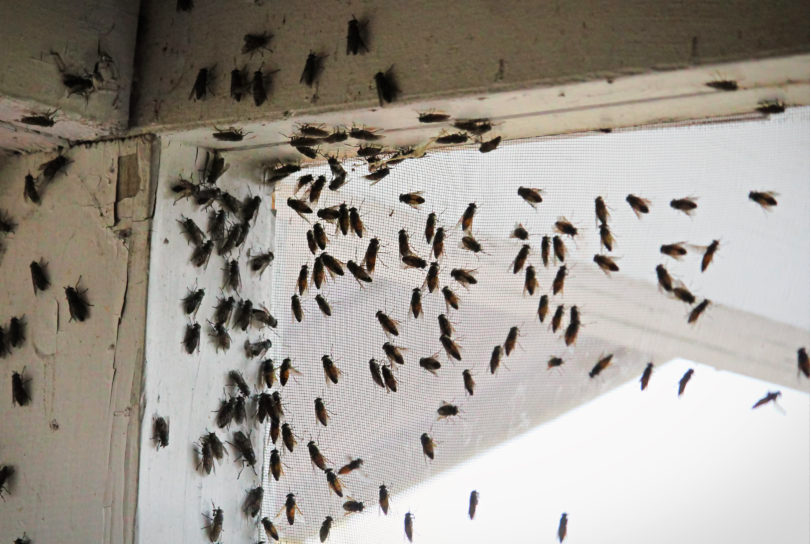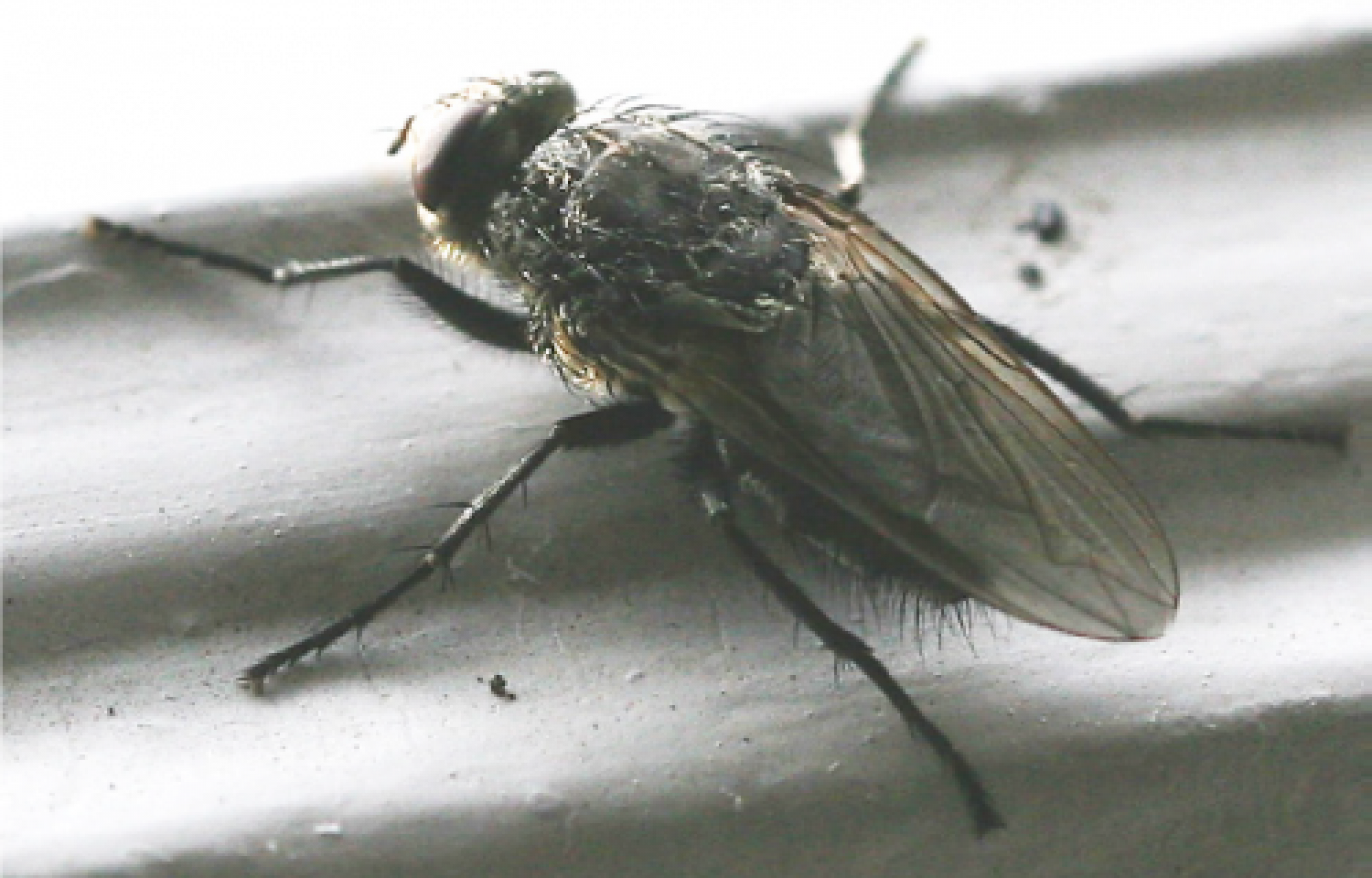Helpful Hints
Clustering flies can enter the home through the tiniest crevices around door and window frames, but also through any other small unsealed opening. To prevent infestation, ensure that all screens fit properly and that there are no cracks or holes which would allow them to enter into the house. Weather strip windows and doors, fill any cracks or crevices with caulking around doors, window frames and other openings in the building structure, and install insect screening over air vents in soffits.
Clustering flies can be controlled by simply killing them with a fly swatter. Be aware that cluster flies will release an unpleasant odour and may stain surfaces when squashed. They can also be released outdoors or vacuumed up and the vacuum bag disposed of. Devices designed to trap the clustering flies are also offered on the market. These traps, placed in windows where flies are a problem, contain a powder that works like quicksand in trapping the insects that fall in.



